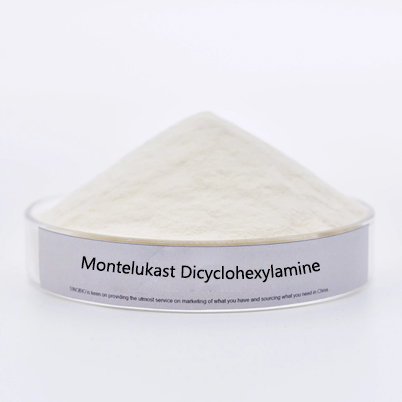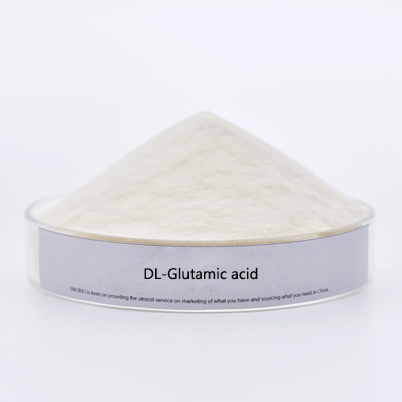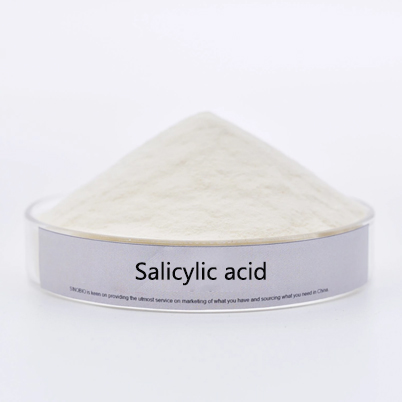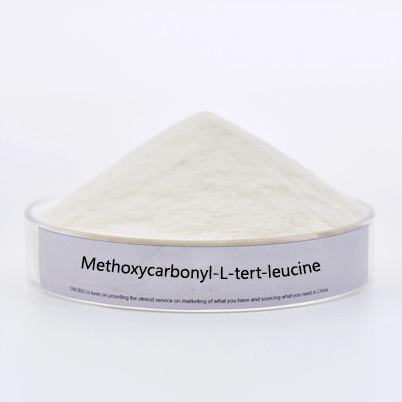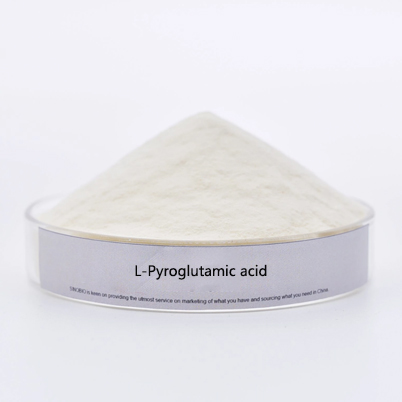- E-mail : info_medicalmarketing@jindunmedical.com
- Phone : +86 21 64057580
- Address : Shanghai China
Recommend-Acetoxy Empagliflozin-Manufacturer
Acetoxy Empagliflozin is an intermediate for the synthesis of Empagliflozin. Empagliflozin, a sodium glucose cotransporter (SGLT2) inhibitor developed by Boehringer Ingelheim and Lilly, can be used to treat type 2 diabetes.
According to the seventh national census of the National Bureau of Statistics, the elderly in China account for 18.7% of the country's population, and about 30% of them are affected by diabetes. In particular, the elderly aged 65 to 79 years old belong to the high prevalence of diabetes.
Diabetes is a common chronic disease and a lifelong disease. Up to now, there is no effective treatment to cure it, and we can only rely on glucose-lowering drugs to maintain blood glucose levels and prevent the damage of diabetes to body organs, such as kidneys, retina and feet.
The commonly used hypoglycemic drugs include insulin, metformin, sulfonylurea hypoglycemic drugs, etc. Recently, with the human understanding of the role of kidney in glucose homeostasis, a new type of hypoglycemic drugs - "leucovorin" type hypoglycemic drugs have been marketed, such as Dagliflozin, Englestrin, Cagliflozin, etc. These drugs may only cost about ten dollars a box after health insurance reimbursement.
How do the new glucose-lowering drugs lower blood sugar levels? The same "Lepidogrel" class of hypoglycemic drugs, daglitazone, engramlizone, kaglitazone also divided into strong and weak? In the face of many mysteries, do not panic, this article will solve the mystery for everyone!
The new "star" of glucose-lowering - the "levulinic" class of glucose-lowering drugs, unique mechanism of action
The new "star" of glucose-lowering has a unique effect on lowering sugar? What is the difference between it and the previous glucose-lowering drugs? On this point, we will answer later, let's first look at how other hypoglycemic drugs lower blood sugar.
In order to lower blood sugar level, it is mainly done in two ways, one is to reduce the source of blood sugar (food, glycogen decomposition, fat and other substances conversion), and the other is to promote glycogen synthesis, promote the conversion of blood sugar to other substances, and promote the body's utilization of blood sugar.
As the only hormone with hypoglycemic effect, insulin mainly reduces the glucose content in blood by promoting glycogen synthesis, promoting the body's utilization of blood glucose, and inhibiting glycogen decomposition.
Insulin can also play a hypoglycemic role through intramuscular injection, but in general, insulin is not taken orally, mainly because insulin is essentially a protein-like substance and will be destroyed by digestive enzymes after entering the gastrointestinal tract orally.
Metformin and sulfonylurea hypoglycemic drugs, the 2 types of hypoglycemic drugs, also exert hypoglycemic effects related to insulin. Metformin, as an insulin sensitizer, improves the body's utilization of glucose by increasing the sensitivity of peripheral tissues to insulin, thus achieving the purpose of lowering blood sugar. However, sulfonylureas lower blood glucose mainly by stimulating insulin secretion from pancreatic islet cells.
Do you find the common point? The three types of glucose-lowering drugs mentioned above are all related to insulin in their glucose-lowering mechanism. However, the new "star" of glucose-lowering, the "leucovorin" class of glucose-lowering drugs, its glucose-lowering mechanism is unique here, although it can lower the blood sugar level in the body, but not related to insulin.
The glucose-lowering drugs of the class "Lijin", namely sodium glucose co-transporter-2 (SGLT-2) inhibitors, there are about 200 kinds of such transporter proteins in the body, among which SGLT-1 and SGLT-2 play an important role in the human body, SGLT-1 is mainly distributed in the small intestine, kidney, heart, brain, etc. SGLT-1 is mainly distributed in the small intestine, kidney, heart and brain, etc. SGLT-2, which is related to the hypoglycemic drugs of "Lijen", is mainly distributed in the kidney, and its main role is responsible for the reabsorption of glucose.
After taking "Levaquin" type hypoglycemic drugs, the reabsorption of glucose by the kidneys is reduced, which allows excess glucose to be excreted in the urine, thus playing a direct role in lowering blood sugar.
It is also because of the special glucose-lowering mechanism of the "Levaquin" class of hypoglycemic drugs, therefore, almost all diabetic patients including insulin resistance, especially renal diabetic patients, have a very good effect on lowering blood sugar.
The listed "Lepidogrel" type hypoglycemic drugs are: Dagliflozin, Engelezin, Cagliflozin, etc. We have already pointed out this point in the opening paragraph, but I would like to ask you a question: are the efficacy of Dagliflozin, Engelezin and Cagliflozin the same? Or can they be divided into strengths and weaknesses?
Which one is the strongest, dagliflozin, enagliflozin or kagliflozin?
These three new hypoglycemic drugs have all entered our health insurance system, which means that the same amount of money can buy more drugs, bringing a boon to patients with poor financial conditions. After all, diabetes is a chronic disease that requires long-term medication, and lowering drug prices is still significant for diabetics.
The first marketed dagliflozin, as well as enagliflozin, are used more often in clinical practice, and both have significant blood sugar-lowering effects, a conclusion supported by two studies.
One study found that glycated hemoglobin (which responds to blood glucose control levels over the last 2 to 3 months) decreased by about 1.11% after treatment with dagliflozin, and the higher the glycated hemoglobin level before the drug was administered, the more pronounced the decrease was after the later administration.
The results of another randomized controlled trial showed that in the analysis of four subgroups at 12, 24, 56 and 76 weeks after receiving engramine treatment, the trend of glycated hemoglobin reduction was significantly better in the engramine group than in the placebo group (i.e., control group).
Although less frequently used, it does not mean that the ability of engliptin to lower blood glucose is less effective compared with the first two. The results of a phase 2-3 clinical study conducted over a period of 12 to 78 weeks showed that all three drugs reduced glycated hemoglobin by an average of about 0.7% compared to placebo.
So, here's the question! All three drugs lower blood glucose levels in the body, and all belong to the same class of drugs, so are they really strong or weak? The answer is yes.
Take the point of lowering blood sugar, the strongest effect of Cargolizine. Because it not only interferes with the reabsorption of glucose by the kidneys, but also inhibits the absorption of glucose in the intestine.
Take the point that the glucose-lowering effect is mild, engramine is better, so patients with moderate renal insufficiency can also take it, while the stronger effect of kaglegiline is only suitable for patients with mild renal insufficiency.
In short, even if they belong to the same class of drugs, it does not mean that they are exactly the same to use. The question of how to use the new hypoglycemic drugs will be revealed soon!
New hypoglycemic drugs, how to use correctly?
About "How to use the new hypoglycemic drugs correctly?" As the situation of each diabetic patient is different, the specific type of hypoglycemic drugs and the dosage will be different, i.e. the specific drugs and dosage need to follow the doctor's advice.
For example, for adults with type 2 diabetes, dagliflozin can be used. The initial recommendation is 5mg/time, 1 time/day, and if it is not effective, you can switch to other hypoglycemic drugs or increase the dosage slightly. (Note: This is just an example, detailed medication should follow the doctor's advice!)
Secondly, diabetic patients taking new hypoglycemic drugs are advised to increase the amount of water they drink while taking the drugs.
Since new hypoglycemic drugs reduce blood glucose levels mainly by reducing glucose reabsorption by the kidneys, the relatively high glucose content in urine is likely to harbor pathogenic microorganisms and increase the risk of infection in the urinary tract and reproductive tract. Drinking water properly can reduce the concentration of glucose in urine and reduce the risk of being infected to a certain extent.
Furthermore, once symptoms such as rapid wasting, increased thirst, abdominal pain, nausea, vomiting, weakness, abnormal sleepiness and fatigue appear, it is necessary to seek medical attention promptly because there is a risk of ketoacidosis, which is fatal if not treated promptly.
Ketoacidosis is a metabolic acidosis caused by the accumulation of ketone bodies, what are ketone bodies? Ketone bodies are formed in the liver by condensation and cleavage of acetyl coenzyme A. Beta-hydroxybutyric acid, acetoacetic acid and acetone are called ketone bodies. When carbohydrate intake is insufficient, ketone bodies can replace glucose to supply energy to extra-hepatic tissues and organs such as the brain.
There is no definite conclusion about what kind of relationship between taking new hypoglycemic drugs and ketoacidosis, but ketoacidosis may be induced through the following mechanisms.
First, increasing the excretion of glucose from the kidneys, resulting in decreased insulin secretion and increased glucagon release in the body, thus promoting ketone body production; second, increasing the reabsorption of ketone bodies by the kidneys, thus reducing ketone body excretion; third, excreting sodium and sugar at the same time, causing an increase in urine volume and a corresponding decrease in blood volume in the body, further accelerating the progression of ketoacidosis.
-
date
2022-10-08
-
location
Shanghai, China






































